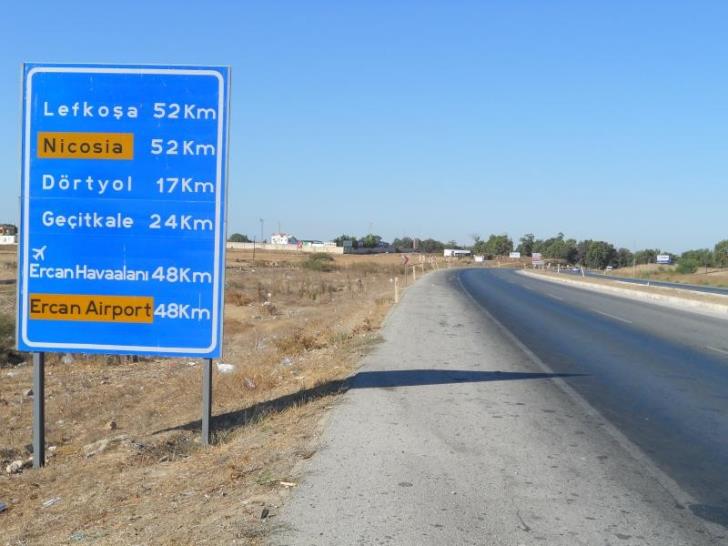The occupation regime seems to be toughening its stance on the issue of detainees being resettled in the occupied territories, which, in the first instance, may be aimed at stopping the return process of even a limited number of detainees. However, fears extend to the treatment of those trapped themselves who have remained in the Carpathians with their nails and teeth for decades.
It is worth noting that the number of trapped or their children who have recently returned does not exceed 50 and in fact the prospects for a mass return, even if conditions allowed, would be limited anyway.
The occupation regime puts obstacles in the way of those who have recently returned, limiting their "residence permit" to one month, which puts them in a constant process of applying for residence, while in some cases the regime is said to delay the approval of applications or even in the issuance of the cards (equivalent to the IDs) that are granted so that the trapped can be distinguished from the regular visitors. In the intervening period until the necessary documents are issued, the trapped are meteors, since without them it is not excluded, at any time, to decide that they are staying illegally in the occupied areas, with all that entails.
According to "Φ", an explanation given on the other hand, in terms of limiting the length of stay to one month, is that the measure was not taken specifically for the resettled cages, but generally concerns third-country nationals to whom they belong. and the Turks.
During yesterday's discussion of the living conditions of the trapped, the Presidential Commissioner, Fotis Fotiou, answering relevant questions, stated that as soon as any trapped person is resettled, he is granted 50% of the sponsorship he is entitled to for the maintenance of his new building. amounts to € 15.000.
As Mr. Fotiou explained, answering a question from the chairman of the Refugee Committee, Skevi Koukouma, the second installment of housing assistance is granted six months after the installation of the trapped person or his family. However, they also complained that in individual cases beneficiaries of housing assistance have not yet received the money they are entitled to and in one case the housing conditions are miserable.
Ms. Koukouma also indicated that the resettled do not receive a Christmas allowance like the other beneficiaries and assurances were given that the issue would be considered.
On the issue of social security, as has been rightly said, the state covers the social security of those trapped as if they were farmers.
One of the main problems faced by the community leaders of the caged villages is the fact that they are required to certify whether the caged people live in the caged villages or if they live in the free areas, and if they have all the rights and benefits of the caged villages. A community representative who was present said that sometimes it is practically impossible to ask a community representative, who can also live in the free areas, to confirm in writing whether anyone actually lives in the caged villages. He pointed out that if the representative of any community confirms that someone lives in Karpasia but in the end this does not happen, then the representative of the community is facing a criminal offense for making a false statement.
THE INSTALLATION PLAN
The resettlement plan aims to provide financial assistance to Greek Cypriots and members of the Maronite community who have settled for permanent residence in areas not under the effective control of the Republic of Cyprus, aiming at the revitalization, preservation and development of the occupied villages.
Beneficiaries of the Plan are single individuals and established families who have settled for the purpose of permanent residence in their occupied villages, after completing one year of permanent residence after their establishment. Permanent residence means staying in the occupied village most days of the week, on a continuous basis.
More in the Maronite villages
As for the Maronites, the number of trapped people who returned to Kormakitis is around 140-150 people, while in the village of Karpasia the number of people who were resettled is around 20-25 people. The increased number of Maronites who were resettled (in relation to the number of trapped people who returned to the villages of Karpasia) is also attributed to the proximity of the Maronite villages to the free areas.
However, in the case of the Maronite villages, the prospect of returning more trapped people seems more feasible, as houses where soldiers lived have been abandoned and all converge on returning to their Maronite owners.
Source: philenews
